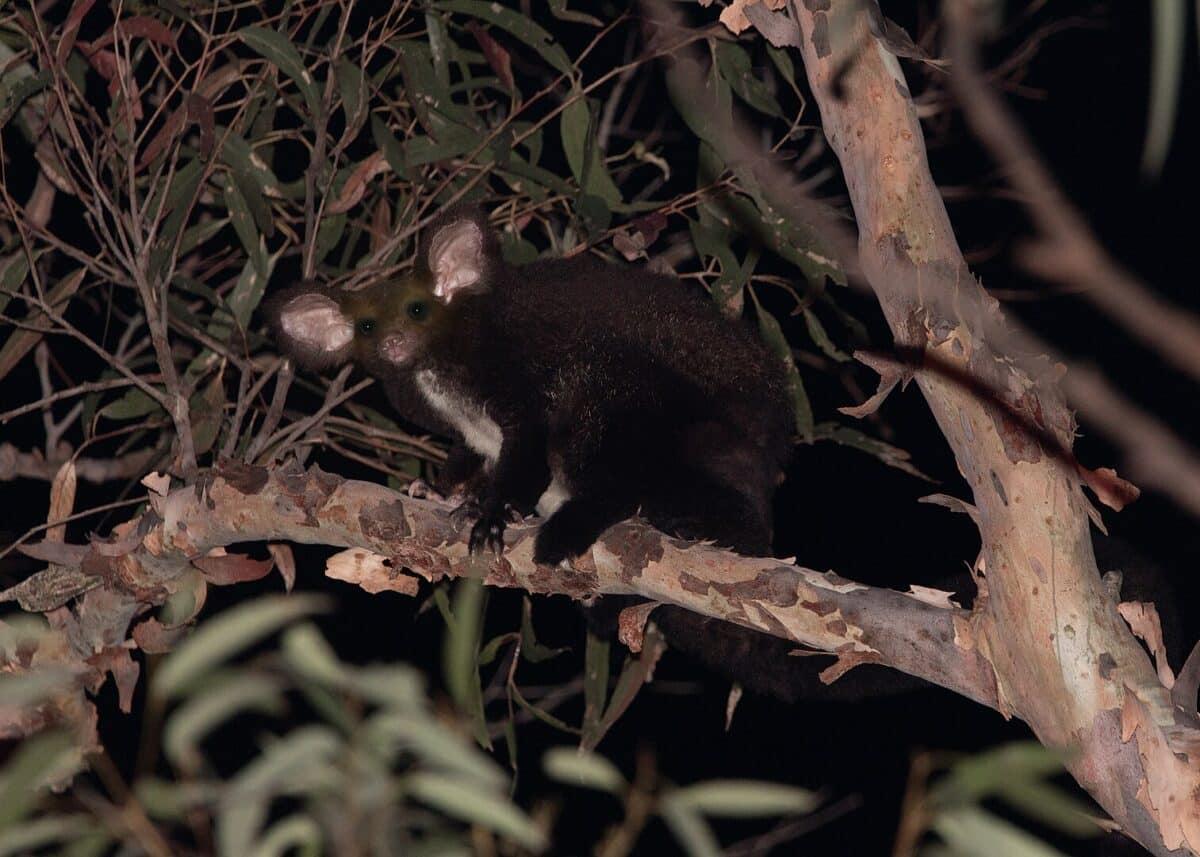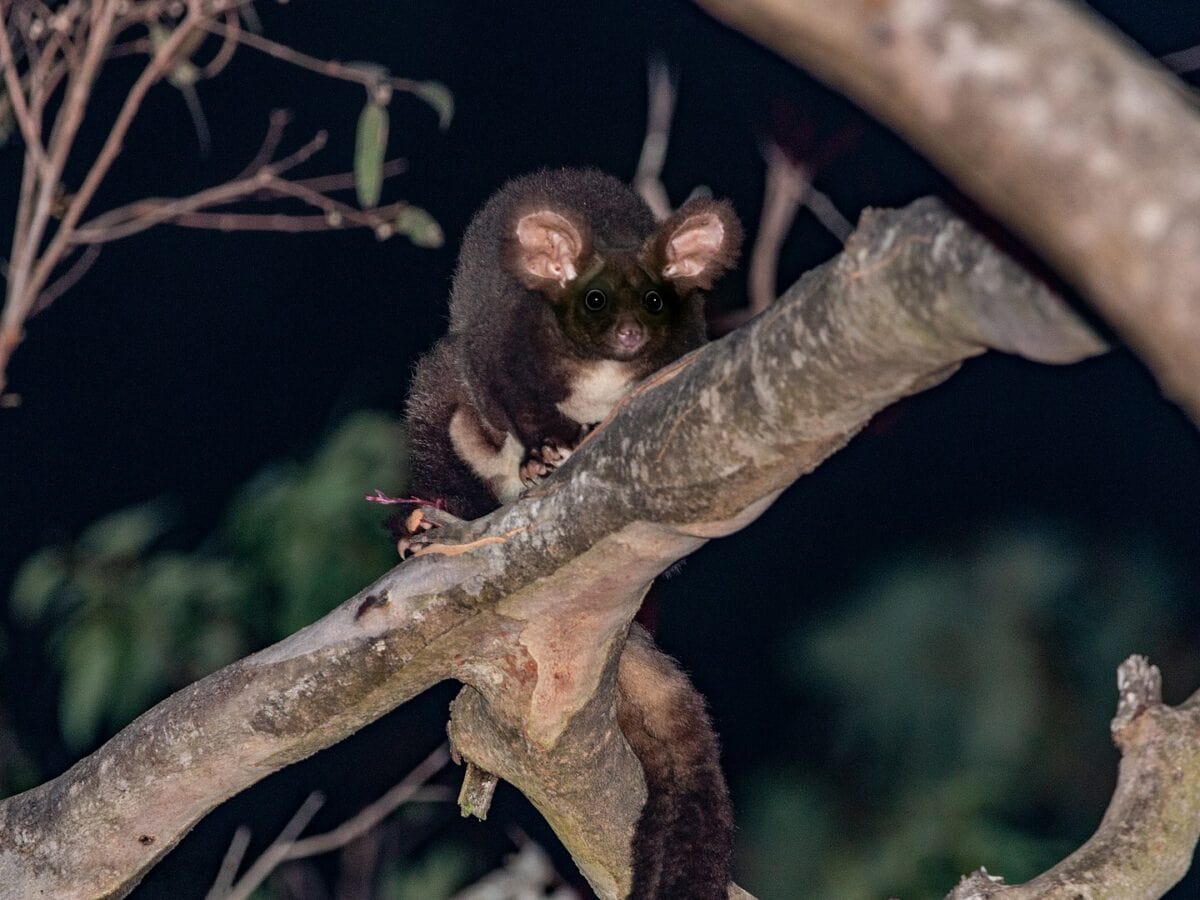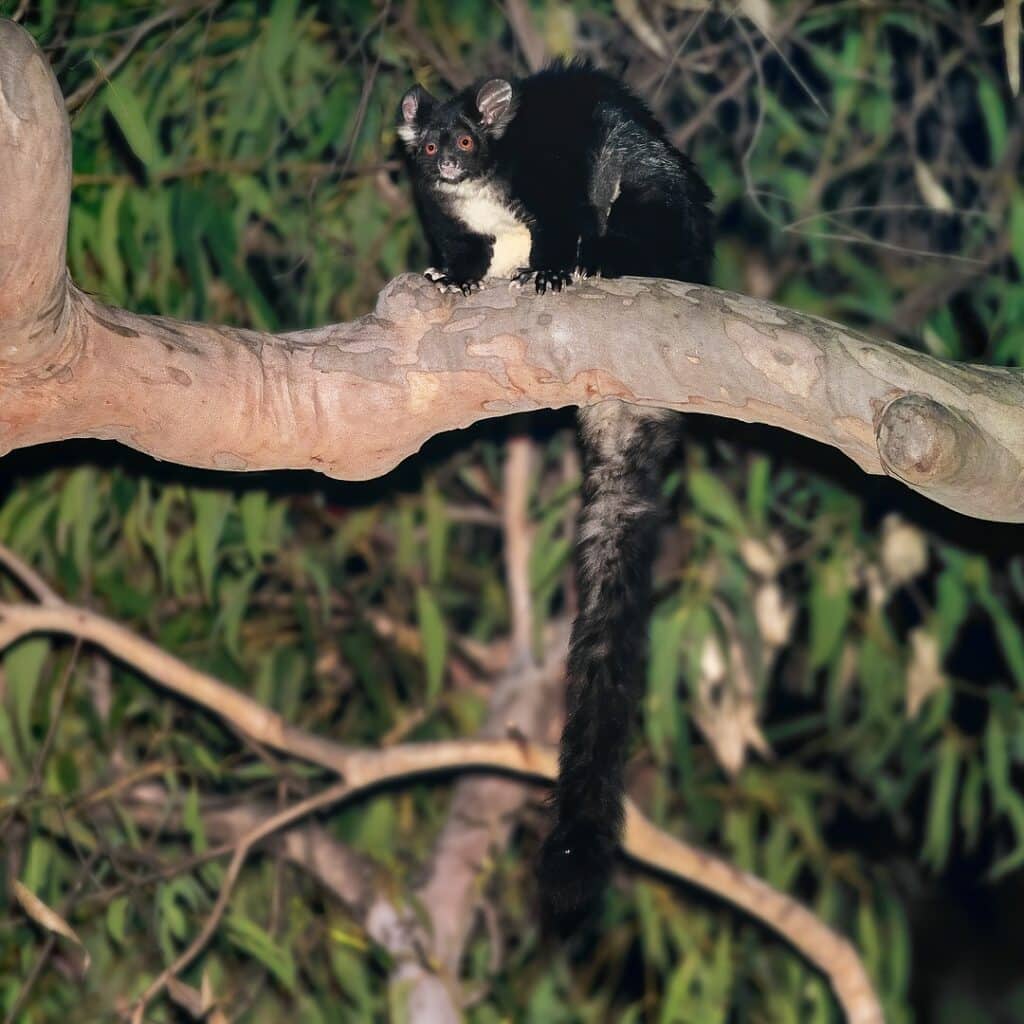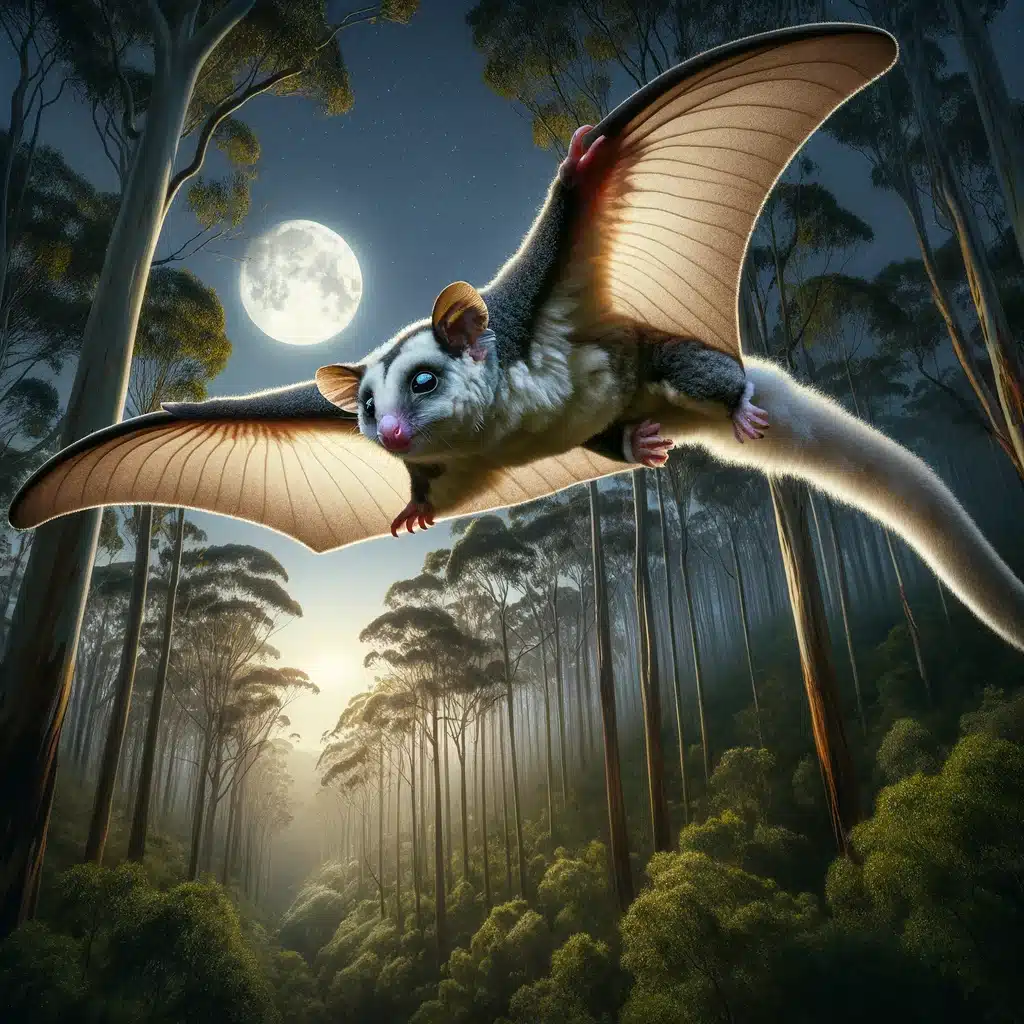In the dense eucalypt forests of Australia’s east coast, the Greater Glider, a creature of the night, glides silently from tree to tree. However, this unique marsupial faces a threat that silence cannot shield it from: the brink of extinction. The Greater Glider’s survival is under siege due to habitat destruction, climate change, and bushfires, with recent changes in logging rules in New South Wales (NSW) sparking considerable debate among conservationists, ecologists, and government bodies.

A Glimpse into the Greater Glider’s World
Before delving into the complexities of conservation efforts, let’s appreciate the wonders of the Greater Glider itself. Here are some fascinating facts about this iconic Australian marsupial:
- Glide and Seek: The Greater Glider can soar up to 100 meters across forest canopies thanks to its gliding membranes stretching from elbow to ankle.
- A Quiet Existence: Primarily nocturnal, they feed on eucalypt leaves at night and spend the day nestled in tree hollows.
- Solitary and Spacious: Unlike many social animals, Greater Gliders lead solitary lives, each requiring up to 1.5 hectares of forest to roam.
- Variety in Vanity: Their fur ranges from creamy-white to charcoal-brown, adding to their mystique and beauty.
- The Heavyweight Champion: Weighing up to 1.7 kilograms, the Greater Glider is the world’s largest gliding marsupial.
The Conservation Conundrum
In February 2024, the NSW Environment Protection Authority (EPA) announced amendments to forestry rules aimed at better protecting the Greater Glider. These changes include assuming the presence of the species and conserving their habitat without specific search requirements for glider den trees. While this represents a step forward in the protection of these marsupials, critics argue that these measures are insufficient and may, in fact, hasten the Greater Glider’s journey towards extinction.
Experts from conservation groups such as WWF-Australia and Wilderness Australia have voiced concerns over the adjustments, labeling them as inadequate. They highlight that the Forestry Corporation’s logging practices, under investigation for potentially destroying Greater Glider habitats, pose a significant threat to the species’ survival.

Threats to the Greater Glider
The Greater Glider’s decline is not solely due to direct human actions like logging and land clearing. Natural disasters, exacerbated by climate change, play a pivotal role in their plight. Intensifying bushfires and rising average temperatures have combined to devastate the Greater Glider’s habitat, making their survival in the wild increasingly precarious.
The federal government has recognized the gravity of the situation by upgrading the Greater Glider’s status to endangered, emphasizing the urgent need for conservation efforts. The NSW Threatened Species Scientific Committee has cited land clearing, bushfire, climate change, and forestry activities as key drivers of the mammal’s decline, underlining the multifaceted nature of the challenge at hand.
Towards a Sustainable Future
The fight for the Greater Glider’s survival is a broad conservation challenge. It underscores the need for a delicate balance between economic development and environmental preservation. To protect this species and others like it, a multifaceted approach is necessary—one that includes stronger environmental laws, sustainable forestry practices, and initiatives to combat climate change.
Moreover, public awareness and community involvement play critical roles in conservation efforts. By understanding the importance of biodiversity and the unique role each species plays in its ecosystem, individuals can contribute to a collective effort to protect our natural world.

Conclusion
The Greater Glider, with its silent nocturnal habits and remarkable gliding ability, is a symbol of Australia’s unique biodiversity. Its current plight is a clarion call for urgent conservation action to ensure that future generations can continue to marvel at its beauty and grace. As we navigate the challenges of preserving our planet’s irreplaceable natural heritage, the fate of this species reminds us of the fragility of life and the importance of our stewardship.
You might also enjoy:
Interesting Animals from Down Under – Australia.
Australia’s Notorious Five: Deadliest Animals Down Under
Roger Federer vs. Kangaroo – The Ultimate Leap Competition
Join our Forum for free today!

- The Bond Between a Wild Baby Bison and Her Rescuer - July 20, 2024
- An Excited Husky’s First Ever Time in Snow - July 20, 2024
- Top 20 Colorful Species To Brighten Your Day - July 14, 2024


